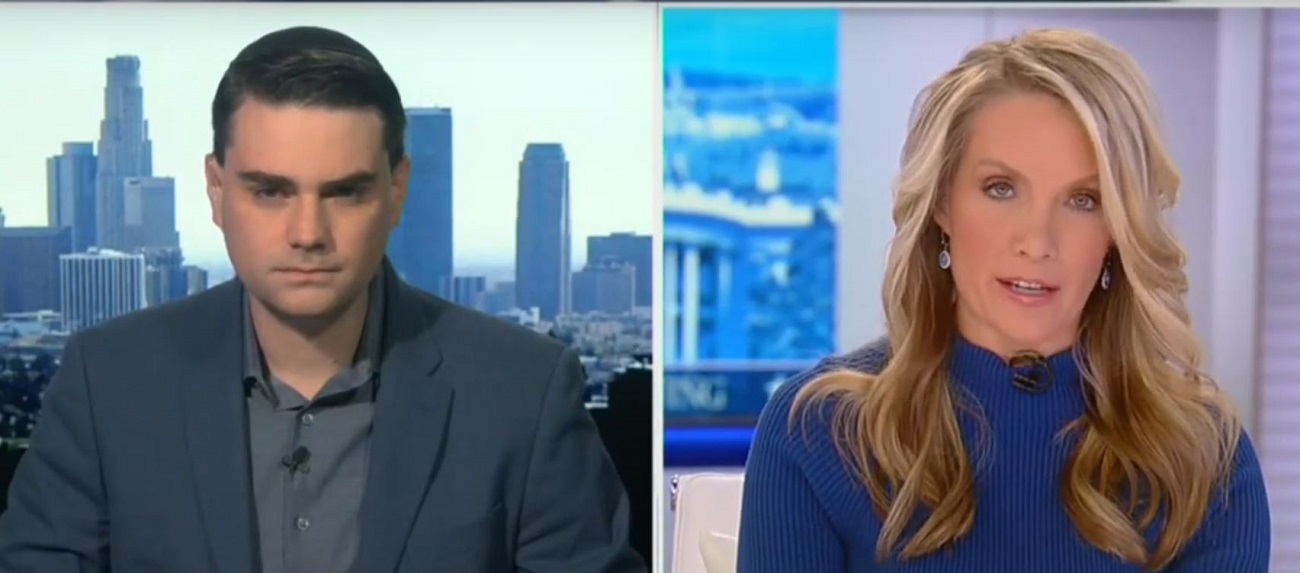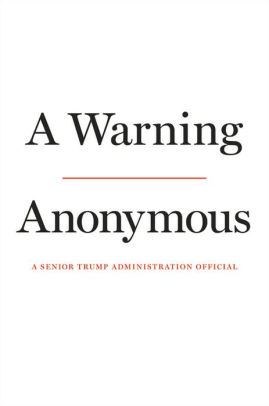Ben Shapiro Finds Safe Space on Fox News to Be Wrong About Media Coverage of Hate Crimes

Among conservative punditry, Ben Shapiro is one of the loudest voices railing against “snowflakes” who hate debate and demand “safe spaces” where their views are never questioned. Which makes it either ironic or hilarious to watch him appear on Fox News to make all sorts of questionable statements to friendly anchors who have no interest in questioning his wrong-headed claims.
Shapiro appeared on The Daily Briefing with Dana Perino on Tuesday to talk about media coverage of hate crimes. This is a complex topic, one that does not necessarily lend itself to black-and-white explanations. Except on Fox News.
Shapiro and Perino opened with a discussion about the Jussie Smollett case. Smollett claimed two white men wearing Make America Great Again hats beat him, called him racist names and put a noose around his neck on a Chicago street. That story has fallen apart in recent days amid media reports that the Chicago Police Department thinks Smollett may have made it up.
The same day as the alleged Smollett attack, a Hasidic Jewish man in Brooklyn was also attacked and beaten. There is no doubt about this one, as it was caught on video. The question that Shapiro and Perino can’t wrap their heads around is why the Smollett story received so much national attention while the Brooklyn story did not. Shapiro explained his theory:
“There’s a narrative to be promoted. Jonathan Capehart of the Washington Post nearly admitted this on MSNBC. He essentially said that a lot of people bought into the Jussie Smollett narrative, which is that Trump supporters are stalking black people all around America, seeking to beat them, seeking to harrass them, and this was a perfect story.”
“Nearly” and “essentially” are doing a lot of work there, because that is not what Capehart said. Not that Perino asked, but here is Capehart on MSNBC on Monday:
“Just the circumstances and the way he told the story, and what he said happened to him sort of fit in with a — not a narrative, but a reality for a lot of people in this country since President Trump was inaugurated, that there is an atmosphere of menace and an atmosphere of hate around the country that made it possible for people to either readily believe or want to believe Jussie Smollet. But on the other hand, at the same time, there were people who immediately thought something was fishy.”
This reality for people of color has manifested as increased harrassment by ICE, the revocation of DACA and Temporary Protected Status for thousands of refugees from countries such as Somalia and Haiti, and thousands of other daily taunts and humiliations. Shapiro blithely dismisses all of that to claim that one apparently false story proves that MAGA fans are not actually “stalking black people all around America.” That no one is actually making that claim is of no consequence to him.
But there may be an even simpler reason why Jussie Smollett’s story resonated in the national press while the story of a random Hasidic Jew in Brooklyn did not. Simply put, Smollett is famous and the victim in Brooklyn is not. One can complain that Smollett’s fame does not make him more worthy of attention, but that is a whole different argument, and one that does not seem to occur to either Shapiro or Perino.
Shapiro and Perino then present some numbers showing how much anti-Semitic hate crimes have gone up in both New York City and nationwide in the last couple of years. They don’t make the connection to the fact that such crimes have gone up under Donald Trump because, well, it’s Fox News.
But as a New York Times column Shapiro referenced in his piece in The Daily Wire on Monday makes clear, one has to separate anti-Semitism in New York City from anti-Semitism elsewhere. In New York, tensions between different ethnicities, particularly Jews and blacks, have been simmering for years. That makes conversations about anti-Semitism in New York much more complex in a way that defies Shapiro’s simplistic sneers about a biased media’s “narrative.”
Shapiro is also on shaky ground with this accusation:
“It’s amazing that the media ignore one form of hate crime, and the reason is, the New York Times admitted this, they said ‘yeah, we’ve had a spate of hate crimes against Jews in New York City. We don’t cover it because it doesn’t fit our ideological narrative. The people who are doing these assaults are not white supremacists. Not one of the hate crimes in New York City has been linked to white supremacy. And so we basically just ignore it because it doesn’t fit the narrative that we want to tell.'”
Perino never asks Shapiro where or when the Times made this claim. But a quick search of the paper reveals two stories just from this past Sunday and Monday covering anti-Semitic attacks against Jews in New York City. So if the Times has decided to ignore such crimes, it is doing a bad job.
Perhaps Shapiro is upset because these two Times stories do not explicitly rule out any white supremacists wearing MAGA hats as suspects in any of these attacks. Or maybe because the existence of these two stories does not — ahem — fit the narrative that he wants to tell.
Shapiro goes on to say that hate crimes against Jews do not get as much attention because:
“If we were to look at hate crimes and say we’re going to judge by hate crimes which groups are most victimized, then it doesn’t make any sense because Jews are not supremely victimized in the United States. So in order to maintain the idea that America is a racist, sexist, bigoted, homophobic place, what you actually have to do is ignore hate crimes against the group most likely targeted and instead focus on groups less likely to be targeted in order to maintain the narrative.”
Anti-Semitic crimes are not being ignored, even in the New York Times. If this were true, the massacre in a Pittsburgh synagogue last year would have barely been a blip in the news.
What does not seem to occur to Shapiro is that two separate issues can exist outside each other. New York City can have an anti-Semitism problem having nothing to do with white supremacists that it struggles to confront, and the atmosphere for other ethnic and religious minorities in America can have grown dangerous and frightening thanks to Trump’s xenophobic rhetoric and coded racism. They are not mutually exclusive.
Well, in reality they are not mutually exclusive. But Fox News does not deal in complexity.






